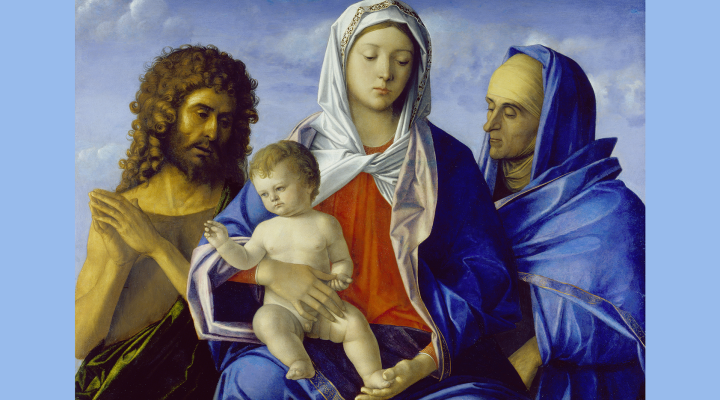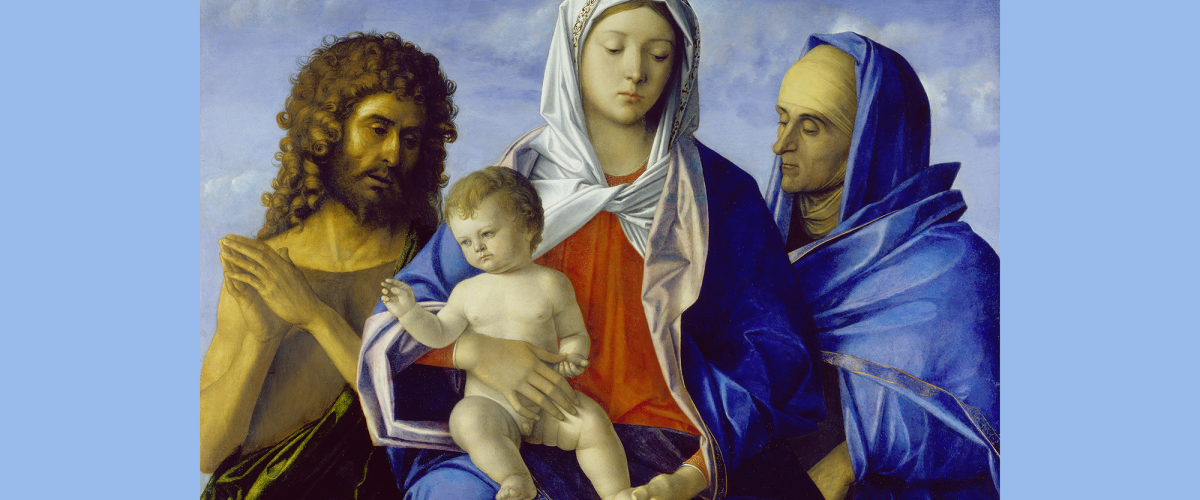I recently attended the funeral of a beloved man and a darn good deacon.
The morning of the service was wet with a crisp winter chill. Of course, my pre-COVID funeral suit doesn’t fit, so my only semi-solemn option was a black summer dress. However, the thought of exposed legs was a no-go in the cold, which meant I needed the infamous leggy layer called pantyhose.
Luckily, I was able to snag a box of hosiery from Walgreens — black sheer, post-COVID tummy control. Hooray. Pantyhose is a delicate article of clothing that my mom tried her best to teach me to wear with poise and femineity. I soon remembered that putting them on alone requires divine intervention, if not an immaculate contraption, as I try to get both my long legs inside the fragile lining.

Erica Whitaker
Somehow, I made it in the car, to the church and was seated safely in a pew without a rogue runner traveling up the back of my thigh. Before the service started, members of the church greeted me with warm hugs that required me to lean over hymnal racks that held pointy pencils, Bibles with jagged corners and sharp-edged visitor cards. After the greetings, I gracefully sat back and crossed my legs as any proper lady should do in a dress. But to my horror, I looked down and discovered something in the wooden pew penetrated my pantyhose. The countdown had begun when the tiny violation would give birth to an ungodly gap on a journey up no man’s land.
As I sat there in the pew pondering the long life of this good man, I sadly contemplated the short-lived life of my pantyhose. And then for some strange reason, the Nativity scene at the front of the church snagged my attention. My eyes wandered to the pure Virgin Mary in her post-partum perfect body. I wondered if a 21st century Virgin Mary would have worn tummy control pantyhose at any point after the birth of baby Jesus.
But then my thoughts moved from her legs to her legacy. Why is she still called the Virgin Mary? She had baby Jesus and then she had a Brady Bunch of other babies with Joseph. Holding on to Mary’s virginity is like trying to keep a pair of ruined pantyhose. There’s no point unless you’re trying to make a clear point about the purity.
The historical depiction of the Virgin Mary created visual representations of a warped theology of salvation and repulsive ideology of white supremacy. Medieval and Renaissance artwork depict the Virgin Mary as the ideal representation of feminine whiteness. Western art traditionally paints Mary with pale skin, fair hair and even halos around her head. She often is seen with lilies and doves, which correlate to Christian imagery of virtue and purity. The fact that she is rarely seen pregnant emphasizes her innocence and purity and essentially illuminates her whiteness. Mary’s legacy is untainted, clean and impeccable in the eyes of God and humankind.
“Mary represents whiteness in its most idealistic form — the absence of blemish or imperfections.”
Mary represents whiteness in its most idealistic form — the absence of blemish or imperfections.
First, whiteness seen in the Virgin Mary’s body upholds the mark of goodness, innocence and cleanliness as signs of salvation. Therefore, the opposite of whiteness becomes blackness, stained with dirt, unclean and unsaved. Whiteness and blackness, clean and dirty, saved and unsaved are illustrated in contrasting visual representation of skin color.
This is seen clearly in the 1490 Madonna and Child with John the Baptist and St. Elizabeth by Giovanni Bellini, shown above. Here, you have John the Baptist and his mother, Elizabeth, painted distinguishably darker than Mary and baby Jesus. John is colored dark with black curly hair which stands in stark difference to Mary and Jesus who have light colored skin and straight hair. It’s important to note that all four historical figures are Jewish.
But the Christ Child and Mary are illustrated as enlightened or saved Jews. They are represented visually as Christians. On the other hand, John and Elizabeth who are key witnesses to the coming Christ’ salvation who are represented as pre-Christian, unsaved. The racialization of skin coloring was a conscious effort to create visual distinction between Christians and non-Christians, those pure and worthy of salvation and those who are dirty and dammed.
Second, Mary’s body is sexually sanitized. Mary is portrayed as a clean virgin, not dirtied by sex. Virginity is an important aspect of whiteness. It places a high emphasis on Mary’s virginity in direct correlation to the ideal female body being pristine and whole just as God intended. The Virgin Mary is the perfect model that fills the delicate pantyhose of religious purity.
This warped theology links virginity with unsullied femininity. Virginity is marked by the visible aspects of a young, pure, unblemished woman creating ridiculous standards still held today on women of all ages, skin color and sexuality. Even in her crone years as she weeps at the Cross, images of the Virgin Mary are still depicted as pristine, unwrinkled, virtuous and eternally youthful. Her complexion mirrors her salvation — no moles, pimples or sunspots will keep her out of heaven.
“The Virgin Mary sets the standards for all women to be whiter than snow in body and soul.”
The Virgin Mary sets the standards for all women to be whiter than snow in body and soul. This religious purity is a perversion of God’s creation of humanity and sexuality.
After the funeral ended, I put on my long winter coat hoping to conceal my pantyhose faux paus before walking down the aisle to give my last respects. With each step, I could feel the snag slowly expand. When I got to my car, I immediately took off my heals and slid off the ruined hosiery. I laughed as I ripped each leg out with liberation. Sitting bare legged in my driver’s seat, I came to believe there is no room in God’s kingdom on earth and in heaven for pantyhose or the perpetually Virgin Mary.
Erica Whitaker serves as associate director of Baptist Seminary of Kentucky’s Institute for Black Church Studies. She lives with her husband, Josh, in Louisville, where she previously served as pastor of Buechel Park Baptist Church. Erica is a Baptist News Global and board member. She holds an undergraduate degree from the University of North Texas and a master of divinity degree from Baylor University’s George W. Truett Seminary. She is currently writing a dissertation for a doctor of philosophy degree at International Baptist Theological Study Centre in Amsterdam.
Related articles:
Mary, our mother (for Baptists): There’s something about Mary | Opinion by Julia Goldie Day
The sorrows of motherhood: Depictions of Mary’s sadness at the death of Christ | Analysis by Mallory Challis
What if white Christians had a more realistic image of Jesus, a dark-skinned, religious-minority refugee? | Opinion by Laura Mayo


